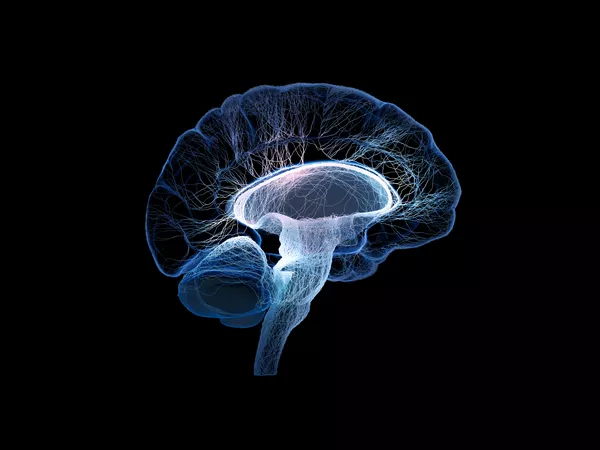REVIEW
Published on 30 Oct 2013
Toward a unified biological hypothesis for the BDNF Val66Met-associated memory deficits in humans: a model of impaired dendritic mRNA trafficking
doi 10.3389/fnins.2013.00188
- 7,661 views
- 63 citations
22k
Total downloads
106k
Total views and downloads
Select the journal/section where you want your idea to be submitted:
REVIEW
Published on 30 Oct 2013
EDITORIAL
Published on 29 Oct 2013
MINI REVIEW
Published on 24 Oct 2013
MINI REVIEW
Published on 23 May 2013
REVIEW
Published on 18 Apr 2013
PERSPECTIVE
Published on 19 Nov 2012
REVIEW
Published on 02 Oct 2012
REVIEW
Published on 21 Aug 2012
REVIEW
Published on 09 Jul 2012
MINI REVIEW
Published on 26 Jun 2012
REVIEW
Published on 09 Apr 2012

Frontiers in Genetics